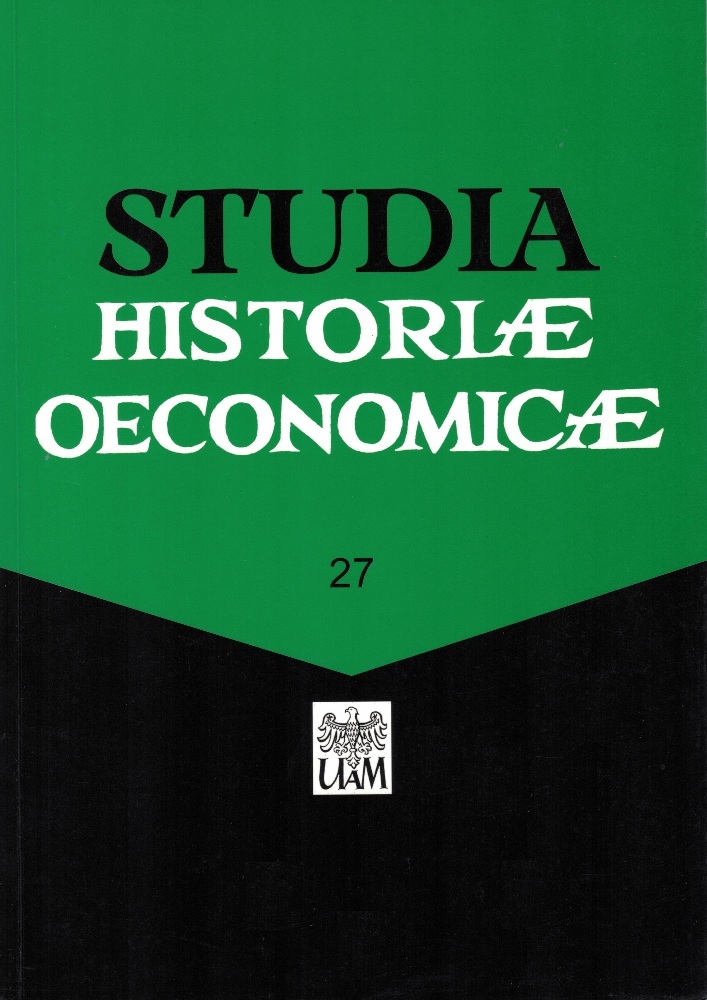Abstract
The 19th century in the post-partition Polish territories, as in the rest of Central and Eastern Europe, was a period of significant economic and social changes (primarily the peasant emancipation reforms, which contributed to the abolition of serfdom, and the process of industrialization and the associated urbanization). In the Kingdom of Poland, the peasant emancipation reform was not implemented until 1864 (in Russia in 1861, in the former Prussian part of the territory this process lasted from 1811 to 1850, and in the former Austrian part of the territory it was implemented in 1848). The land reform clearly divides the 19th century into two different periods. In the first period, before the emancipation of the peasants, the feudal model of society dominated, and in the second, the capitalist model. It should be added that already in the first period, new capitalist elements appeared in both the legal and economic spheres. These were, above all, the abolition of serfdom in 1807 in the Duchy of Warsaw, and then the process of imposing rent on state estates and partly on private estates, as well as the rent reforms of 1861 and 1862 and those carried out before the emancipation of the peasants.
License
© by Institute of History, Adam Mickiewicz University, Poznań, 2009
OPEN ACCESS





